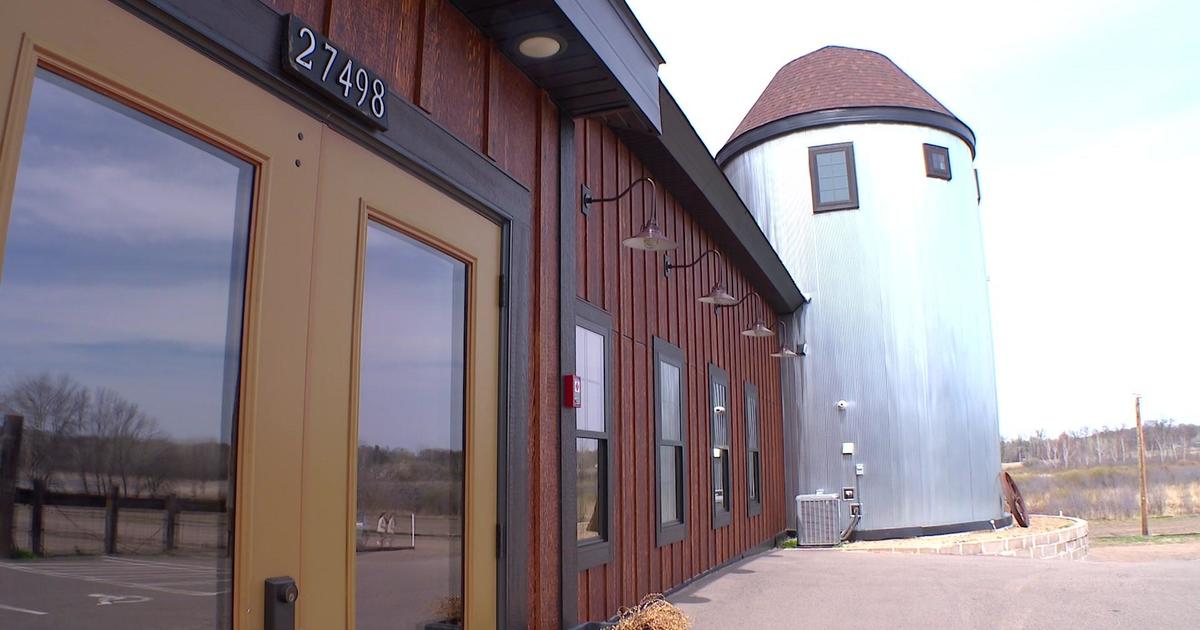Cool, Wet Spring Causing Farmers Serious Planting Delay
GREEN ISLE, Minn. (WCCO) -- Looking back at his calendar, Justin Luskey can hardly believe what a difference a year makes.
"Last year, we started planting April 18, so we were done before May planting our corn," the Sibley County grain farmer said.
That quick start made for a much longer growing season and record yields. On some fields, they harvested an incredible 230 bushels per acre.
And that's why he's growing increasingly concerned about this spring. He hasn't so much as planted a single row of corn.
It's easy to understand why.
"The month of April is dang near a record year for rainfall," Luskey said. "I think we got 5-and-a-half inches here."
All that rainfall has left the farm fields across much of the state saturated. The heavy rich soils are too soft to support heavy farm equipment and far too soggy to plant.
But what's more, the cooler temperatures of late have left soil temperatures too cool for seeds to even germinate.
A few miles down the road, Paul Gohlke would rather be putting seed in his planter than in his hand.
Gohlke measured the soil temperature Tuesday morning and discovered it was a mere 39 degrees Fahrenheit. Farmers prefer soil temperatures in the mid-50s.
"When you put corn seed into cold dirt, it kind of goes into shock and takes the vigor and energy out of the seed, and it doesn't grow," he said.
That's all in sharp contrast to the spring of 2016.
The most current USDA crop planting report shows that only 12 percent of the state's corn is in the ground. That compares to 57 percent planted same time last year.
This year's planting is well below the five-year average of 36 percent of corn planted.
"There's an old saying that if you plant in mud, crop's a dud," Gohlke said. "If you plant in dust, bins will bust."
But staying optimistic, Luskey added, "I mean, the forecast looks good for the end of the week so Saturday or Sunday, maybe we can get in and get going."
Farmers like to be fully planted by mid-May to allow the crop to grow to its full maturity. Anything less than that will risk a smaller yield next fall.
Also, with the current lower commodity prices for corn and soybeans, grain farmers will need every kernel and every cob, to squeeze out a profit.



